It's 7 am on Saturday and I'm on my way to Purushwadi, for my first date with the fireflies! 10 million of them!
Located about 180 km from Mumbai, Purushwadi, is a tribal village, beyond Igatpuri, situated in Ahmednagar district. It’s one of the villages adopted by Grassroutes, an organization that has been promoting village tourism in this tribal belt for over four years.
Legend goes that, the presiding deity of this village, goddess Zakubai is so powerful that she took it upon herself to protect this village and four others nearby without help from any of the male Gods. Though the village is matriarchal, and is ruled by a tribal goddess, paradoxically it is called Purushwadi. I'm told, it was earlier called Pur-unch-wadi, meaning the village on top of the mountains; and with the gradual onslaught of a male-dominated society, it was conveniently changed to Purushwadi!
We reached Igatpuri at about 11 am, checked into the MTDC resort and drove to Purushwadi. The route is circuitous. After a few misses, we finally reached the village, where the villagers welcomed us with a tilak, a Nehru cap and a flower. Soon, Inir Pinheiro, founder of Grassroutes gave us an orientation of the village and the activities planned for the day. A village family was assigned to take care of us. We indulged in long languid walks, dozed off by the riverbank, helped the villagers in their chores —sowing paddy, chopping wood, grinding wheat and learned a great deal about village life.

It was hot in Purushwadi, as the first rains were yet to arrive. But brighter than the shimmering sun was Gondabai's shy smile as she welcome us to the heart of her house. “Aamhi tumchi vaat pahat hote (we were waiting for you),” she said in Marathi. Lunch (at Gondabai's house) was served right by the chula and we chatted with her as she doled out the food. Hidden lizards, the fear of a rat and the nervous fluttering of moths, sitting amidst all of it, we ate. The meal was simple yet delicious—puranpoli, Gondabai's special amti (a variation of dal), plain steamed rice, sliced raw onions and green chillies.

And as we stepped out, the rain gods decided to bless Purushwadi. No, we didnt huddle under umbrellas. Instead, we got drenched, splashed some mud and played with the village kids. It was a lovely trip back to childhood. But that was not all—we climbed mango trees, plucked the fruit and posed like monkeys. The green yet ripe mangoes were to-die-for. We were unstoppable at the mango-eating session and we eventually lost count. Our hunger, satiated with mangoes, we walked back through paddy plantations to the main ground of the village and rested under a huge banyan tree. The villager brought us some roasted groundnuts—they say, it's a way of staying warm when you're drenched. Purushwadi is serene and idyllic. No phone calls—-no emails, just nature and me. This was bliss..
As the sun slowly started dipping behind the Western Ghats, the vast landscape of wet grass on the hilltop turned into a gorgeous tapestry woven with endless green threads. It was time to watch the twinkling bums, and Inir was harangued with a variety of anxious questions, “When do we get to see the fireflies? Can we hold them? Can we bottle them and take them back to Mumbai? What's their life span?”

With one torch for each group, the villagers led us into the valley. It was pitch dark and then arrived the swarms of fireflies. They are everywhere, creating a canopy of light for each path. It was almost like a light show without the sound. Watching the fireflies do their thing is a dazzling yet humbling experience. It reminds you how beautiful and miraculous nature is. No camera can capture this magic. As we continued to revel in this jaw-dropping experience, the villagers share a few facts about fireflies.
1. India has over 2000 species and each has a unique flashing pattern.
2. They are alive for only two months of the year in India—May and June. They hatch from their eggs, become the cool flickering bulbs, attract a mate, lay eggs and then die. But they need a fair amount of rain to start flitting around and flirting with their female counterparts. And when it starts raining heavily, they can’t take the weight of the drops and you might find them by the roadside, dying… that’s the end of the season. The first two weeks of June are the best time to see them.
3. You can let them walk on your hand, it doesn’t hurt, pain or tingle. You might just feel a little squeamish given that they look very similar to roaches from a non-scientific eye.
It’s that time of the year again, so plan your trip for this divine experience.
Images: Rajeshwari Iyer
![submenu-img]() Meet man who once suffered loss of Rs 15 crore, then built Rs 2000 crore turnover company at 60, he is…
Meet man who once suffered loss of Rs 15 crore, then built Rs 2000 crore turnover company at 60, he is…![submenu-img]() 'They did her dirty': Aishwarya Rai fans criticise stylist for her 'failed art project' outfit on Cannes red carpet
'They did her dirty': Aishwarya Rai fans criticise stylist for her 'failed art project' outfit on Cannes red carpet![submenu-img]() Woman walks on the streets of Tokyo in saree, viral video shows people’s reaction
Woman walks on the streets of Tokyo in saree, viral video shows people’s reaction![submenu-img]() Blinkit offering ‘free dhaniya’ with vegetable orders, people now asking for free…
Blinkit offering ‘free dhaniya’ with vegetable orders, people now asking for free…![submenu-img]() Kartam Bhugtam: Shreyas Talpade-starrer is a riveting dive into the unknown
Kartam Bhugtam: Shreyas Talpade-starrer is a riveting dive into the unknown![submenu-img]() Meet PhD wife of IIT graduate hired at Rs 100 crore salary package, was fired within a year, he is now…
Meet PhD wife of IIT graduate hired at Rs 100 crore salary package, was fired within a year, he is now…![submenu-img]() Meet woman not from IIT, IIM or NIT, cracked UPSC exam in first attempt with AIR...
Meet woman not from IIT, IIM or NIT, cracked UPSC exam in first attempt with AIR...![submenu-img]() Maharashtra Board Results 2024: MSBSHSE class 10th, 12th results soon, know how to check results via SMS
Maharashtra Board Results 2024: MSBSHSE class 10th, 12th results soon, know how to check results via SMS![submenu-img]() Meet Indian genius who became world’s 'youngest' surgeon at 7, worked in IIT for...
Meet Indian genius who became world’s 'youngest' surgeon at 7, worked in IIT for...![submenu-img]() Meet Kashmir boy, who is JEE topper, wants to pursue Computer Science, he aims to clear...
Meet Kashmir boy, who is JEE topper, wants to pursue Computer Science, he aims to clear...![submenu-img]() DNA Verified: Is CAA an anti-Muslim law? Centre terms news report as 'misleading'
DNA Verified: Is CAA an anti-Muslim law? Centre terms news report as 'misleading'![submenu-img]() DNA Verified: Lok Sabha Elections 2024 to be held on April 19? Know truth behind viral message
DNA Verified: Lok Sabha Elections 2024 to be held on April 19? Know truth behind viral message![submenu-img]() DNA Verified: Modi govt giving students free laptops under 'One Student One Laptop' scheme? Know truth here
DNA Verified: Modi govt giving students free laptops under 'One Student One Laptop' scheme? Know truth here![submenu-img]() DNA Verified: Shah Rukh Khan denies reports of his role in release of India's naval officers from Qatar
DNA Verified: Shah Rukh Khan denies reports of his role in release of India's naval officers from Qatar![submenu-img]() DNA Verified: Is govt providing Rs 1.6 lakh benefit to girls under PM Ladli Laxmi Yojana? Know truth
DNA Verified: Is govt providing Rs 1.6 lakh benefit to girls under PM Ladli Laxmi Yojana? Know truth![submenu-img]() Aishwarya Rai Bachchan turns heads in intricate black gown at Cannes, walks the red carpet with injured arm in cast
Aishwarya Rai Bachchan turns heads in intricate black gown at Cannes, walks the red carpet with injured arm in cast![submenu-img]() Laapataa Ladies' Poonam aka Rachna Gupta looks unrecognisable in viral photos, amazes with jaw-dropping transformation
Laapataa Ladies' Poonam aka Rachna Gupta looks unrecognisable in viral photos, amazes with jaw-dropping transformation![submenu-img]() In pics: Taarak Mehta Ka Ooltah Chashmah actress Deepti Sadhwani dazzles in orange at Cannes debut, sets new record
In pics: Taarak Mehta Ka Ooltah Chashmah actress Deepti Sadhwani dazzles in orange at Cannes debut, sets new record![submenu-img]() Ananya Panday stuns in unseen bikini pictures in first post amid breakup reports, fans call it 'Aditya Roy Kapur's loss'
Ananya Panday stuns in unseen bikini pictures in first post amid breakup reports, fans call it 'Aditya Roy Kapur's loss'![submenu-img]() Remember Harsh Lunia? Just Mohabbat child star, here's how former actor looks now, his wife is Bollywood's popular...
Remember Harsh Lunia? Just Mohabbat child star, here's how former actor looks now, his wife is Bollywood's popular...![submenu-img]() Haryana Political Crisis: Will 3 independent MLAs support withdrawal impact the present Nayab Saini led-BJP government?
Haryana Political Crisis: Will 3 independent MLAs support withdrawal impact the present Nayab Saini led-BJP government?![submenu-img]() DNA Explainer: Why Harvey Weinstein's rape conviction was overturned, will beleaguered Hollywood mogul get out of jail?
DNA Explainer: Why Harvey Weinstein's rape conviction was overturned, will beleaguered Hollywood mogul get out of jail?![submenu-img]() What is inheritance tax?
What is inheritance tax?![submenu-img]() DNA Explainer: What is cloud seeding which is blamed for wreaking havoc in Dubai?
DNA Explainer: What is cloud seeding which is blamed for wreaking havoc in Dubai?![submenu-img]() DNA Explainer: What is Israel's Arrow-3 defence system used to intercept Iran's missile attack?
DNA Explainer: What is Israel's Arrow-3 defence system used to intercept Iran's missile attack?![submenu-img]() 'They did her dirty': Aishwarya Rai fans criticise stylist for her 'failed art project' outfit on Cannes red carpet
'They did her dirty': Aishwarya Rai fans criticise stylist for her 'failed art project' outfit on Cannes red carpet![submenu-img]() Kartam Bhugtam: Shreyas Talpade-starrer is a riveting dive into the unknown
Kartam Bhugtam: Shreyas Talpade-starrer is a riveting dive into the unknown![submenu-img]() Richa Chadha says Heeramandi co-star Sharmin Segal being trolled for her performance is 'audience’s right'
Richa Chadha says Heeramandi co-star Sharmin Segal being trolled for her performance is 'audience’s right'![submenu-img]() Meet only Indian actress whose film is competing for top prize at Cannes; not Aishwarya, Deepika, Kiara, Priyanka, Alia
Meet only Indian actress whose film is competing for top prize at Cannes; not Aishwarya, Deepika, Kiara, Priyanka, Alia![submenu-img]() How two heroines beat Rajinikanth, Vijay, Dhanush to give Tamil cinema's biggest hit of 2024; low-budget film earned...
How two heroines beat Rajinikanth, Vijay, Dhanush to give Tamil cinema's biggest hit of 2024; low-budget film earned...![submenu-img]() Woman walks on the streets of Tokyo in saree, viral video shows people’s reaction
Woman walks on the streets of Tokyo in saree, viral video shows people’s reaction![submenu-img]() Why Australians walk barefoot in public: Here’s the reason
Why Australians walk barefoot in public: Here’s the reason![submenu-img]() People in this country compete to see who’s best at doing nothing, here's why
People in this country compete to see who’s best at doing nothing, here's why![submenu-img]() Viral video: Influencer dressed as 'Manjulika' dances on crowded road, internet reacts
Viral video: Influencer dressed as 'Manjulika' dances on crowded road, internet reacts![submenu-img]() Viral video: Baby elephant receives 'Z-category security' during family nap in Tamil Nadu reserve
Viral video: Baby elephant receives 'Z-category security' during family nap in Tamil Nadu reserve









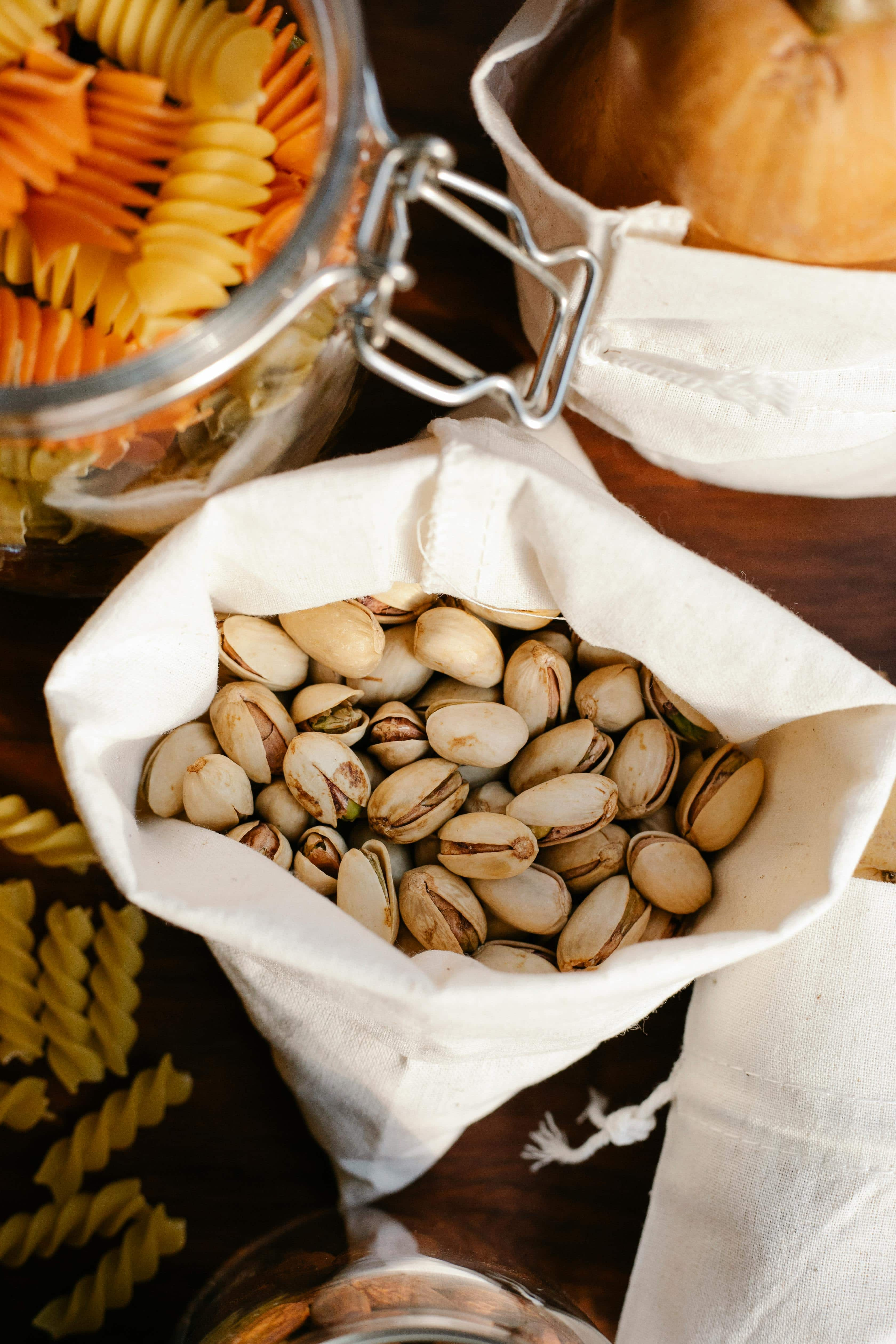


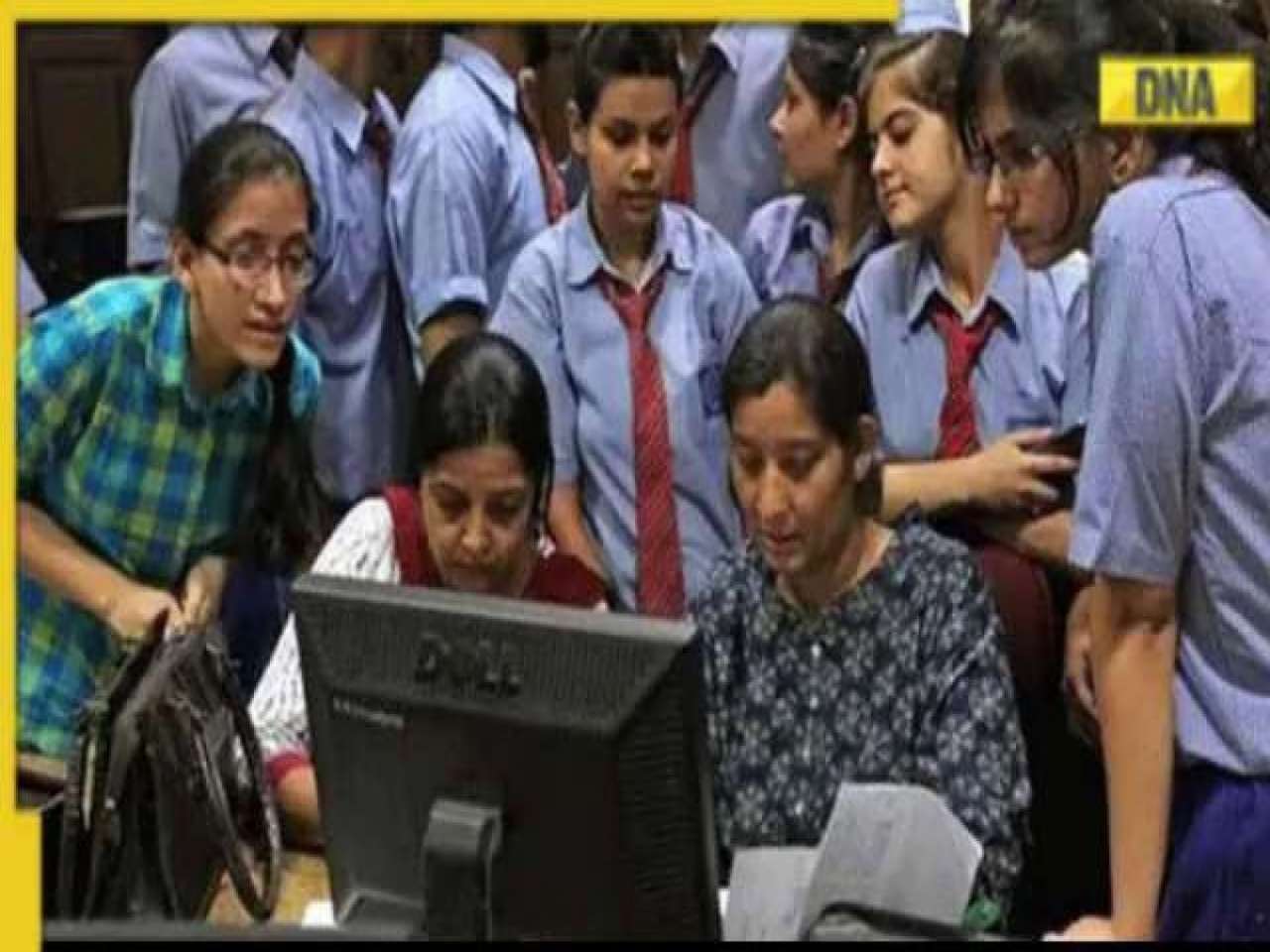

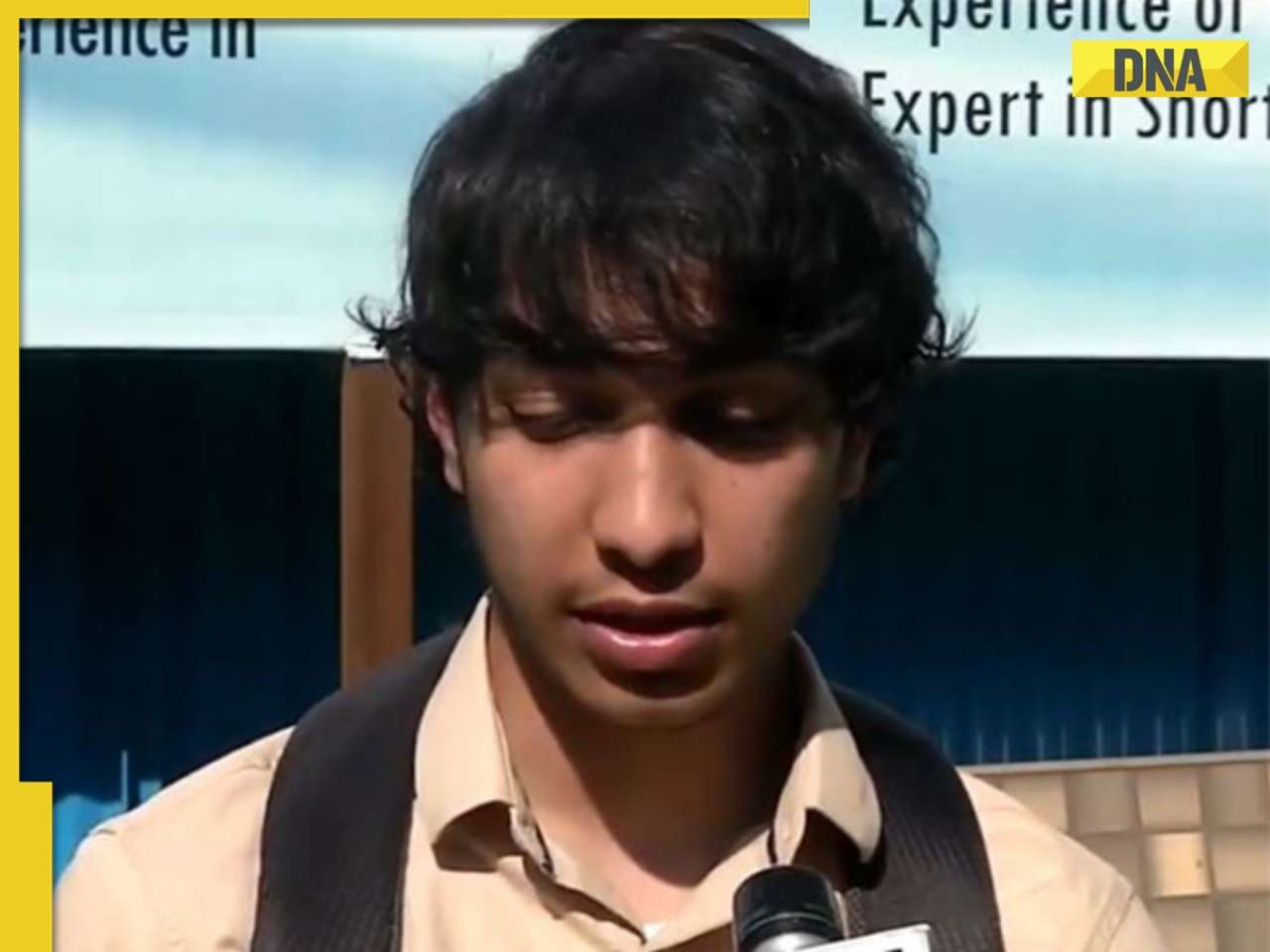
















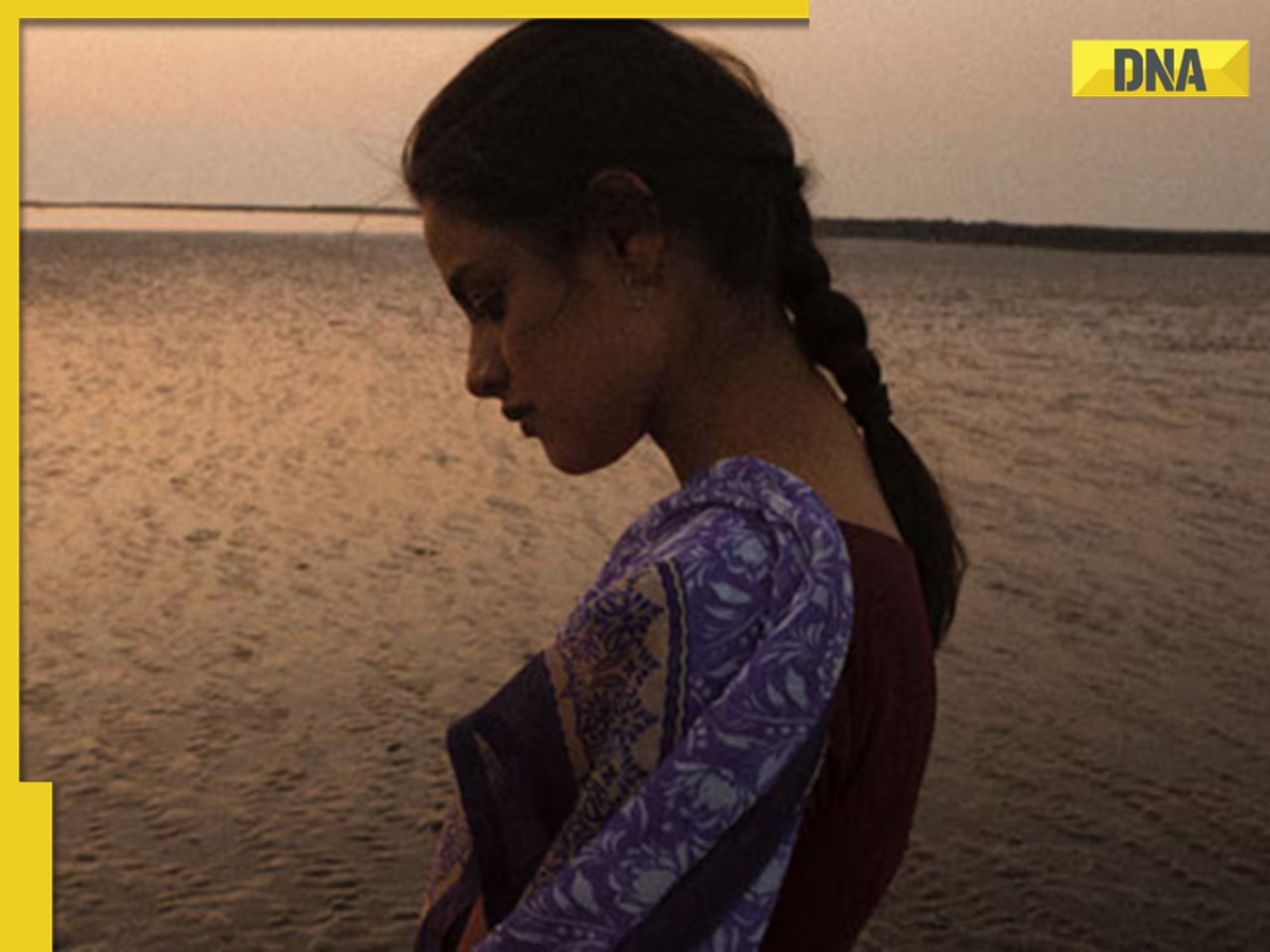



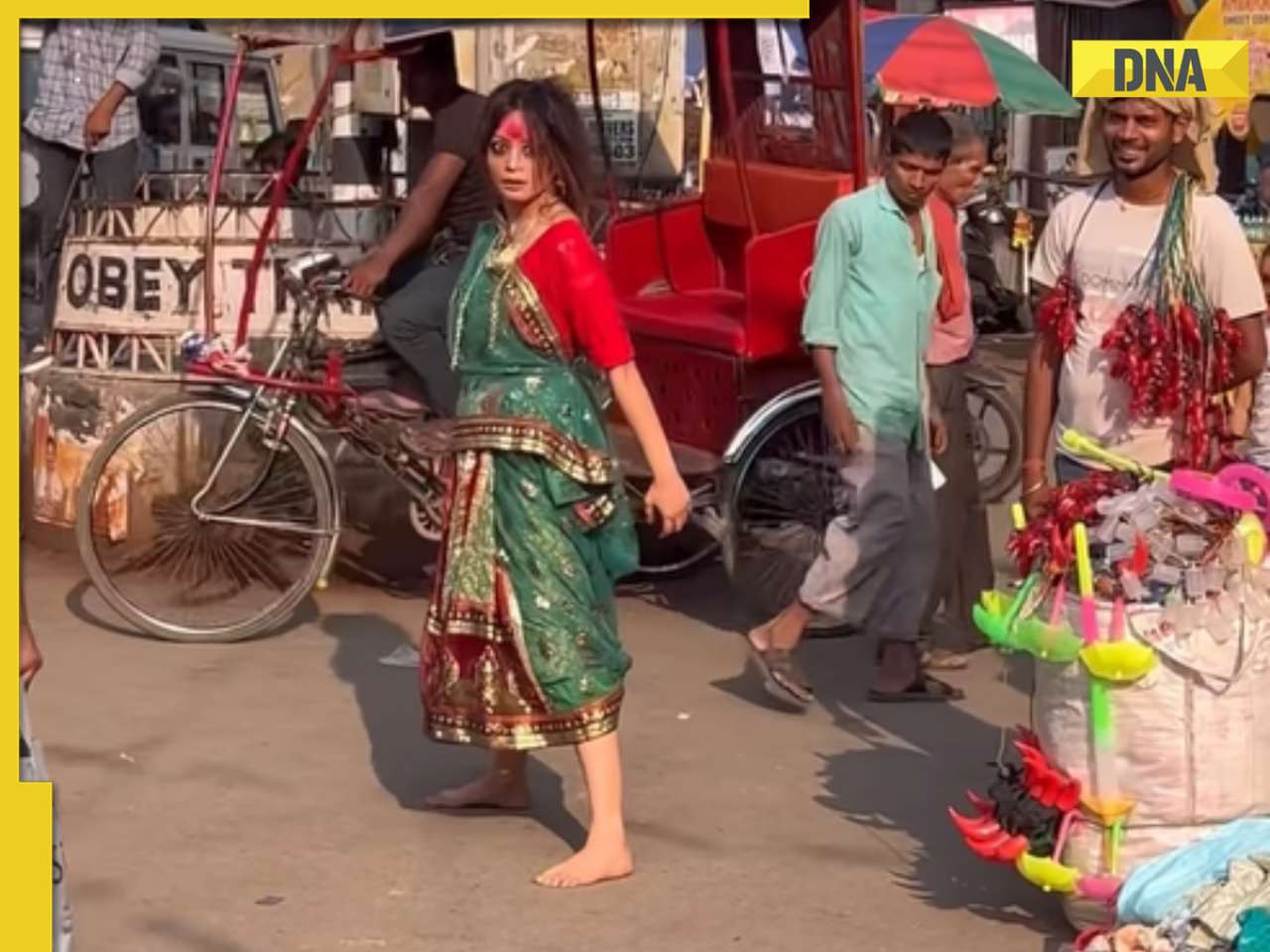
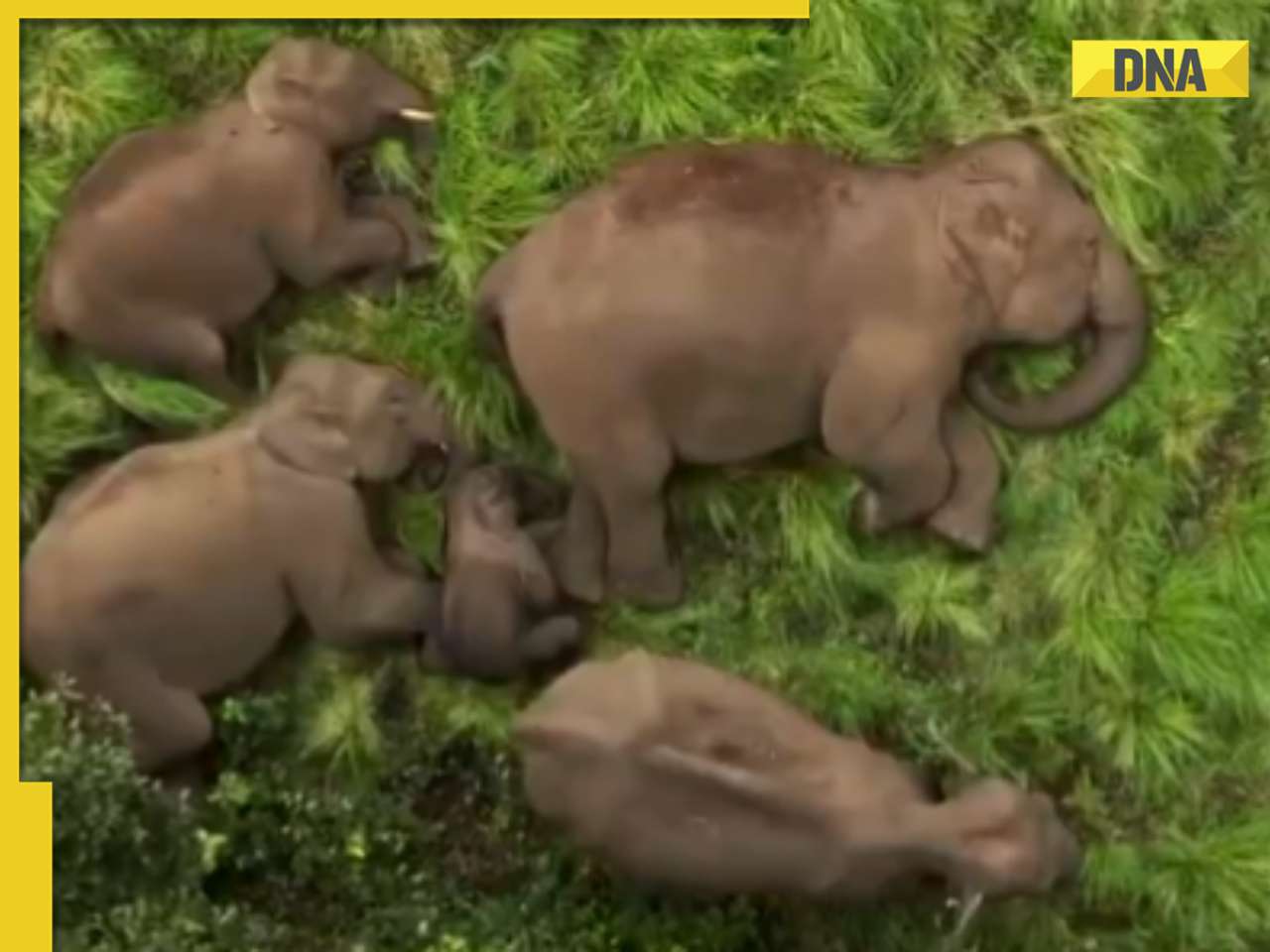

)
)
)
)




)
)
)
)
)
)